In contrast to our contractual suppliers, the tiers beyond (our suppliers’ suppliers) are dynamic and in large numbers. Our suppliers’ suppliers are not directly in contact with hummel and are selected based on the needs of our contractual supplier and the individual products they offer to a negotiated price. These can be dyeing houses, print houses, trim suppliers, dye suppliers, polybag suppliers, cardboard box suppliers, fabric mills, yarn mills and raw material providers. We require that our tier 1 supplier, often the assembly factory and the factory we have a contractual relationship with, pass our code of conduct to them, as well as instilling their own requirements towards their suppliers. While our overview and leverage is limited, our responsibility for the lower tiers in our value chain remains. Several of our suppliers have vertical set-ups which means that they process the raw material, knit or weave the fabric, dye, print and cut the fabrics, and finish the products themselves, we also use nominated supplier in some cases.
Currently we are in the process of mapping our suppliers beyond tier 1, focusing on the value chains of the bestselling items. This is naturally a constantly changing goal post, with new products being introduced regularly. The mapping is therefore a continuous process to 'capture' the majority of our supply chain.
We are furthermore mapping and monitoring our downstream value chain as we are increasingly taking responsibility for the end-of-life process of our textiles by investing in reselling and recycling.

Illustration shows the upstream supply chain
 Koszulki
Koszulki Bluzy z kapturem i bluzy
Bluzy z kapturem i bluzy Spodnie
Spodnie Spodenki
Spodenki Zestawy
Zestawy Kurtki
Kurtki Bielizna sportowa
Bielizna sportowa Stroje kąpielowe
Stroje kąpielowe Bielizna i skarpetki
Bielizna i skarpetki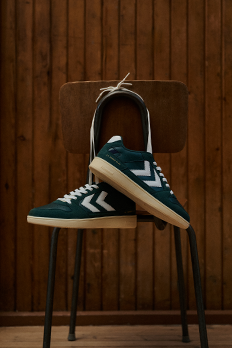

 Sneakersy
Sneakersy Buty treningowe
Buty treningowe Buty halowe
Buty halowe Buty do piłki ręcznej
Buty do piłki ręcznej Sandały i klapki
Sandały i klapki Okulary przeciwsłoneczne
Okulary przeciwsłoneczne Torby
Torby Czapki beanie i czapki z daszkiem
Czapki beanie i czapki z daszkiem Rękawiczki i ocieplacze na szyję
Rękawiczki i ocieplacze na szyję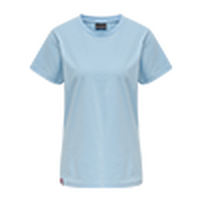 Koszulki
Koszulki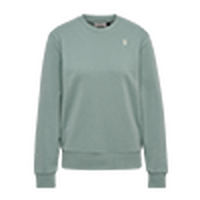 Bluzy z kapturem i bluzy
Bluzy z kapturem i bluzy Leginsy
Leginsy Biustonosze sportowe
Biustonosze sportowe Topy
Topy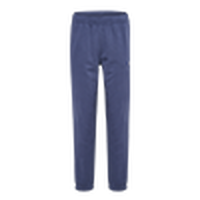 Spodnie
Spodnie Spodenki i spódnice
Spodenki i spódnice Kurtki
Kurtki Bielizna sportowa
Bielizna sportowa Bielizna i skarpetki
Bielizna i skarpetki

 Sneakersy
Sneakersy Buty treningowe
Buty treningowe Buty halowe
Buty halowe Buty do piłki ręcznej
Buty do piłki ręcznej Sandały i klapki
Sandały i klapki Okulary przeciwsłoneczne
Okulary przeciwsłoneczne Torby
Torby Czapki beanie i czapki z daszkiem
Czapki beanie i czapki z daszkiem Rękawiczki i ocieplacze na szyję
Rękawiczki i ocieplacze na szyję Body
Body Bluzy
Bluzy Spodnie i legginsy
Spodnie i legginsy Zestawy
Zestawy Krótkie spodenki
Krótkie spodenki Sukienki
Sukienki Odzież wierzchnia
Odzież wierzchnia Skarpetki
Skarpetki Wełna
Wełna Kominiarki i rękawiczki
Kominiarki i rękawiczki Torby i akcesoria
Torby i akcesoria

 Bluzy z kapturem i bluzy
Bluzy z kapturem i bluzy Spodnie i legginsy
Spodnie i legginsy Koszulki i topy
Koszulki i topy Spodenki
Spodenki Zestawy
Zestawy Stroje kąpielowe
Stroje kąpielowe Sukienki i spódnice
Sukienki i spódnice Odzież wierzchnia
Odzież wierzchnia Wełna
Wełna Bielizna i bielizna nocna
Bielizna i bielizna nocna Skarpetki
Skarpetki Czapki i rękawiczki
Czapki i rękawiczki Torby i akcesoria
Torby i akcesoria

 Sneakersy
Sneakersy Buty zimowe
Buty zimowe Buty gumowe
Buty gumowe Buty halowe
Buty halowe Buty do piłki ręcznej
Buty do piłki ręcznej Buty do piłki nożnej
Buty do piłki nożnej Sandały i klapki
Sandały i klapki Buty dla początkujących
Buty dla początkujących Klapki
Klapki Komplety termiczne
Komplety termiczne Fleece
Fleece Kurtki
Kurtki Kombinezony przeciwdeszczowe
Kombinezony przeciwdeszczowe Kurtki zimowe
Kurtki zimowe Kombinezony narciarskie
Kombinezony narciarskie Spodnie wierzchnie
Spodnie wierzchnie Koszulki i topy
Koszulki i topy Koszulki
Koszulki Zestawy
Zestawy Spodenki
Spodenki Spodnie i legginsy
Spodnie i legginsy Odzież wierzchnia
Odzież wierzchnia Koszulka piłkarska
Koszulka piłkarska Koszulki treningowe
Koszulki treningowe Spodnie do piłki nożnej
Spodnie do piłki nożnej Spodenki do piłki nożnej
Spodenki do piłki nożnej Zestawy treningowe
Zestawy treningowe Kurtki do piłki nożnej
Kurtki do piłki nożnej Skarpety do piłki nożnej
Skarpety do piłki nożnej Bielizna piłkarska
Bielizna piłkarska Piłki do piłki nożnej i akcesoria
Piłki do piłki nożnej i akcesoria
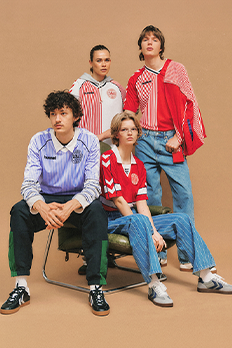
 koszulki do piłki ręcznej
koszulki do piłki ręcznej Koszulki treningowe
Koszulki treningowe Handball pants
Handball pants Buty do piłki ręcznej
Buty do piłki ręcznej Szorty do piłki ręcznej
Szorty do piłki ręcznej Piłka ręczna i akcesoria
Piłka ręczna i akcesoria
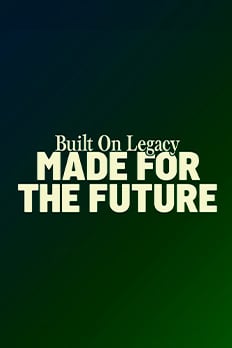
 Koszulki i topy
Koszulki i topy Biustonosze sportowe
Biustonosze sportowe Koszulki
Koszulki Szorty
Szorty Leginsy
Leginsy Spodnie treningowe
Spodnie treningowe Kurtki treningowe
Kurtki treningowe Buty treningowe
Buty treningowe Koszulki i topy
Koszulki i topy Koszulki
Koszulki Spodnie i leginsy
Spodnie i leginsy Szorty
Szorty Kamizelki i kurtki
Kamizelki i kurtki Akcesoria
Akcesoria